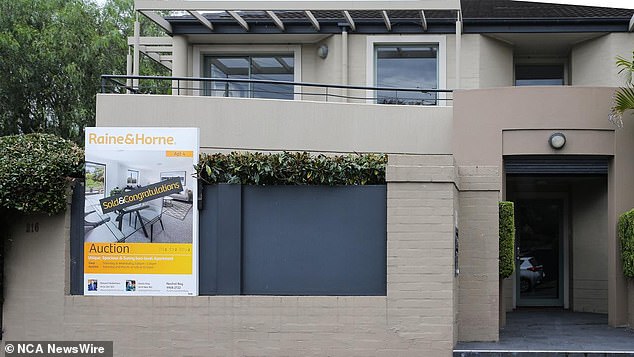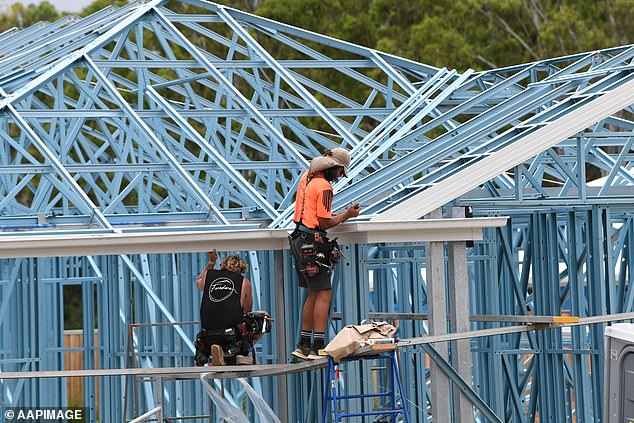Extraordinary rise in value of Aussie homes – here are the states with the largest jumps
The combined value of Australian homes rose to a record $10.7 trillion in the March quarter, according to new data from the Australian Bureau of Statistics.
On Tuesday, the ABS reported that the total value of homes in Australia increased by $209.4 billion in the first quarter of 2024, bringing the average home value to $959,300, up from $14,300 in just three months.
Of the total value of residential buildings, $10.3 trillion was owned by households, the ABS said.
During the quarter, all states and territories except Victoria recorded an increase in average home values, with NSW recording the highest average house price of $1.2 million.
Conversely, the Northern Territory reported the lowest average value of $511,400.
In Western Australia, the average home value recorded the biggest increase, rising 5.4 percent or $39,200 during the quarter, while the average home in Victoria lost 0.2 percent or $1,600 in value.
The number of new homes also rose during the quarter, increasing by 52,700 over the quarter to 11.2 million homes.
The total value of homes in Australia increased by $209.4 billion in the first quarter of 2024

Median home value is $959,300, up $14,300 in just three months

The number of new homes also increased during the quarter, by 52,700 to 11.2 million homes
However, this figure was vastly exceeded by a rapid increase in Australia’s population, which rose by 178,600 over the same period.
To keep the average number of people per home stable at 2.5, Australia’s housing stock would have needed to increase by 71,440 in the March quarter.
A recent, bloodless run of housing starts and completions had pushed up average prices, as had the Reserve Bank’s aggressive series of rate hikes and high inflation, which would normally weigh on demand.
The new data also adds to warnings from the construction industry, policy experts and even the government’s independent housing council that Labor will miss its target of building 1.2 million well-located homes in the five years to mid-2029 unless there is a clear increase in new home construction.
